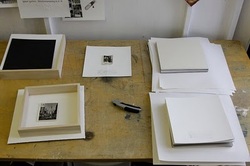 In April, I will be presenting my MFA exhibit here at UND. It is the culmination of 3 years of work and research narrowed down into a cohesive show and theme, defended to ones chosen committee, and then (assuming you pass your final review) opened to the public. Well, I have taken a route I do not recommend. As of days a week before Thanksgiving last year, I changed my topic anddirection for the show from large cyanotype landscapes to considerations of the archive and vernacular photography. While I still love the large scale landscapes, I was unmotivated by the work and I wanted to push on something more conceptual...and it ended up on the idea of the archive. Essentially it will explore the way we think about objects...any historical object really, but I am using the vernacular photograph as an expression of this. The show will illustrate...exhibit...suggest (not finding the right word right now) the different approaches towards said objects between modernity and postmodernity. Over the past few months I have built an archive of vernacular photos with the help of Ebay...2 venders in particular have been of immense help selling their wares to me at decent prices. For the past week and half I have been making frames...21 to be exact. These function as frames, but are meant to recall less framing and more specimen trays. Inside, I will mount a singular photographic object on a white back ground with a lithographed archive label that will be filled out by hand in pencil. These pieces will be one aspect of the "modern" direction of the show to suggests modernity's drive for isolating objects for objective readings.
0 Comments
As an artist, showing in exhibitions is one of the primary ways to build your CV. My first semester, my photography professor started encouraging me to enter shows at the local, regional, national, and international levels. I am thankful for her push in this direction. Since starting at UND I have had multiple opportunities to show in ND, MN, MT, WI, KY, MO, SD, NJ, and South Africa. 2011 is off to a good start with pieces in 5 different exhibits already this year. Last night was the opening for the UND TournARTment, the annual student show. I had one piece selected by the juror, Brian Frink, painting professor from Mankato State University in Mankato MN. The piece Contested Spaces: Mount Rushmore is proving especially popular at shows as it is in 3 different shows right now (MO, MT, ND).
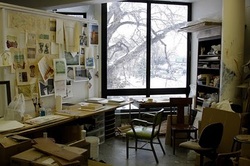 Re-posted from AOA on 4.2 I cannot believe the this is my last semester in UND's MFA program. It has gone by so quickly...three years. I have a hard time believing it when I write it. And in that time, I dont think I have ever put up pictures of my studio. I've put up pictures of my home office, the UND gallery and the printmaking studio, but not my personal studio at the Hughes. So here is my home away from home for the past 2.5 years. Personally I think it is the nicest studio...perhaps the second nicest spot of all the studios spaces...its large and of course it has the beautiful window that looks out over the UND coulee. The wall on the left displays a lot of my test proofs and various failures of many of my early prints. When I started, these were a novelty to me so I kept them around...now they go directly into the trash...as these will when I have to move out in a few months. Somehow, my studio mate and I have collected a high number of chairs...in this photo there are 4 chairs and 1 stool. Why? I have no idea. The graduate studios are open...no locks, doors, barbed wire. This was, and still is a bit unnerving to me. Some of us have hundred or thousands of dollars of materials out in the open. And yet, very rarely does something go missing. I think I have lost some paper, and an aluminum ruler over my time. It has been said that people are more likely to take/borrow your tools and materials than your artwork...not sure what that says about the artwork, but all the same I am grateful for the a very low thievery rate among the students. Such spaces are at a premium and most students share spaces with others working in similar mediums. They become strange emporiums of curious objects, hand-me-down supplies, failed work pieces, doodles, and lots of junk...as you can tell by the clutter of the area. This is my first real studio space...I had a cube area for painting in undergrad, but this space has been great. I will miss it when I leave...and what to do with all this stuff?  I cannot believe the this is my last semester in UND's MFA program. It has gone by so quickly...three years. I have a hard time believing it when I write it. And in that time, I dont think I have ever put up pictures of my studio. I've put up pictures of my home office, the UND gallery and the printmaking studio, but not my personal studio at the Hughes. So here is my home away from home for the past 2.5 years. Personally I think it is the nicest studio...perhaps the second nicest spot of all the studios spaces...its large and of course it has the beautiful window that looks out over the UND coulee. The wall on the left displays a lot of my test proofs and various failures of many of my early prints. When I started, these were a novelty to me so I kept them around...now they go directly into the trash...as these will when I have to move out in a few months. Somehow, my studio mate and I have collected a high number of chairs...in this photo there are 4 chairs and 1 stool. Why? I have no idea. The graduate studios are open...no locks, doors, barbed wire. This was, and still is a bit unnerving to me. Some of us have hundred or thousands of dollars of materials out in the open. And yet, very rarely does something go missing. I think I have lost some paper, and an aluminum ruler over my time. It has been said that people are more likely to take/borrow your tools and materials than your artwork...not sure what that says about the artwork, but all the same I am grateful for the a very low thievery rate among the students. Such spaces are at a premium and most students share spaces with others working in similar mediums. They become strange emporiums of curious objects, hand-me-down supplies, failed work pieces, doodles, and lots of junk...as you can tell by the clutter of the area. This is my first real studio space...I had a cube area for painting in undergrad, but this space has been great. I will miss it when I leave...and what to do with all this stuff?  In preparation for my final exhibit coming at the end of April, I've been picking up a few books to help guide some of my thoughts on the project. I've been thinking a lot about the photographic object itself...its history, lost images, how they are used etc. Too often we tend to look "through" the photograph to the referent, subject or what is imaged. And yet, the object nature of the photograph cannot be separated from its subject. The Art of the American Snapshot is a fabulous collection and history of vernacular photography. This is one of the first books I bought in this direction and it is definitely my favorite because of its diversity of photo techniques and essays, and sheer volume of images. Another similar, and much smaller text is In the Vernacular. This book also functions like a very select group of images from an exhibition. They also break the images into various categories of archive, proof, surrogate, and yardstick. The images and their functions are explored through these categories. I've also picked up a few texts on the photo album and its histories and functions.Suspended Conversations is the most recent text that I have purchased. More essays than photos, it looks to be a helpful guide. Snapshot Chronicles: Inventing the American Photo Album runs the other way with photographs of and interpretations of various antique photographs. The book itself invites touch with its green embossed felt cover.  It is curious to me how one experience can linger in my memory. On my first visit to NYC, I was walking with my spring service trip group from Northwestern College in Orange City Iowa, when we happened upon theFlatiron. I looked up and immediately recognized its form from Steiglitz and Steichen's images of it...(see below) It is one of NYC famous landmarks and most photographed buildings. That night as our group crossed the street below I pulled my camera from my coat randomly shot upwards with the flash attached. It created a remarkable image. Barely visible from the faint flash throw, the barrel curve rises from the bottom and quickly disappears into a sea of black. I've tried scanning and photographing the one copy that I have and fails to replicate the beauty each time. A few years later, I was in a taxi headed toward Battery Park and passed the structure. This time I stuck the camera out the window and snapped a few shots and was remarkably pleased with what came out. I love how the wire cuts across so nicely across the angle of the building. This trip however, I made time to walk around the building, taking it in, and more carefully constructing my shots. The next day, we ended up going up the Empire State Building which provided me another vantage point of one of my favorite buildings. Enjoy. 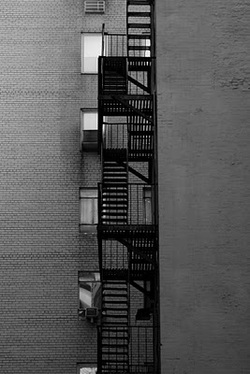 Back in November I had the opportunity to go to NYC with several fellow students and our printmaking professor. For those of you who dont know, I love NYC. I will admit that I am a tourist...looking at the buildings, watching people, etc. For someone who grew up on the prairies and loves watching the light drift lazily over fields, trees, and elevators I think that my love of line and hard edges find its source in NYC more than any other city. I love how light moves over, around, reflects, in perpetually changing angles and intensity. I marvel at the architecture itself, but also the interplay between one building and another especially in the mornings when light begins to scrape over and flit through the gaps between the buildings. I've posted just a simple four shots of my favorites. Enjoy. |
Ryan StanderArchives
January 2018
Categories
All
|


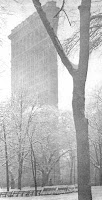
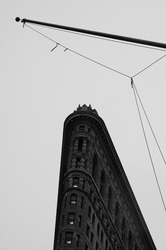

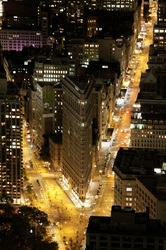

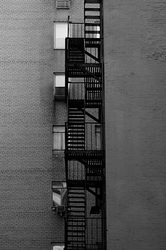
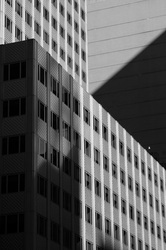
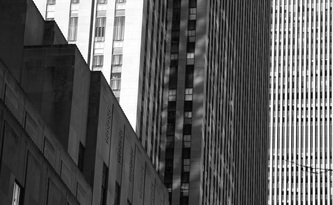
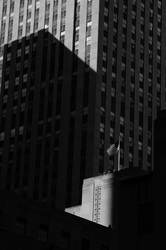

 RSS Feed
RSS Feed
